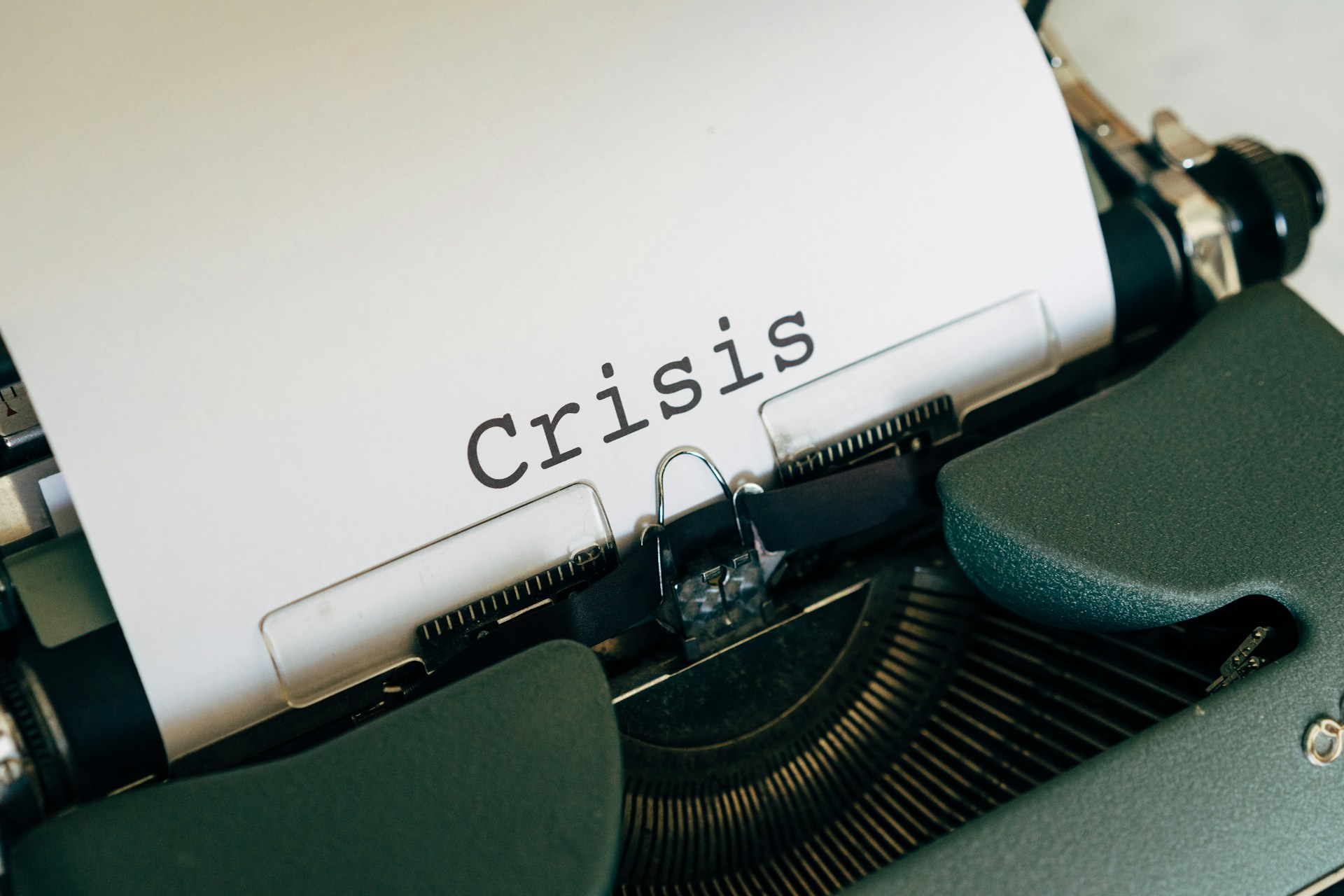Today’s media landscape is extremely dynamic and ever-changing. Therefore, a simple post on one of the most popular social networks can trigger a real image crisis, with subsequent appearances in the traditional press. Crisis communication is therefore an important element of communication and public relations strategies. Managing crisis situations quickly and effectively can make the difference between a company that maintains its reputation and one that suffers for a long time because of a simple negative news story or mention.
Media monitoring is the first line of defense
Media monitoring is important to any communication strategy and vital in crisis prevention and management. Media and social media monitoring tools and real-time media alert services allow communication specialists to quickly detect any potential problems.
Whether it’s a product recall, a data breach, or a negative social media campaign, early detection of a potential crisis is very important. By constantly monitoring articles in the press, on social platforms, blogs and forums, companies can step in quickly and effectively, preventing the situation from escalating.

Photo by Markus Winkler on Unsplash
Managing communication in times of crisis
If a crisis nevertheless occurs, the following steps are very important to limit the negative impact on the brand. Effective crisis communication involves:
Transparency and promptness. Companies and institutions that react quickly and provide clear information demonstrate accountability and professionalism.
Personalized messages. When it comes to crisis communication, tailoring strategies to the severity of the moment and the feelings expressed by the audience is very important.
Engagement and empathy. Companies and institutions that take responsibility for the problems they create and show empathy towards their customers and partners often succeed in maintaining credibility.
Crisis communication and strategic decisions
Even if no company wants it to happen, crises invariably occur and most companies face them at some point. How they handle crises can significantly influence public perception. An effectively managed crisis can strengthen a brand’s reputation, increase customer loyalty and even open up new business opportunities.
Media monitoring and analytics solutions such as those offered by Klarmedia help companies stay informed and adjust their communication strategies in real time. Customized reports and alerts provide a clear picture of how a crisis is evolving, enabling quick and informed decisions.
The importance of media analytics
Media monitoring and analytics is not just about tracking mentions of a brand. Klarmedia’s advanced tools and technologies enable the assessment of tone and sentiment, helping communication specialists understand how the brand is perceived in the media, social media and, by extension, by the public.
If reactions are predominantly negative, the company can take public action, such as offering an apology or implementing solutions to remedy the problem. On the other hand, if the brand enjoys support in the press and among the public, a firmer stance may prove to be a better strategy.
Image crises, summarized
Crisis communication is not only about monitoring and managing difficult moments, but also about protecting reputation and maintaining public trust in a brand. With media monitoring and image analysis, companies can react quickly and effectively, minimizing the negative impact of potential crises.


